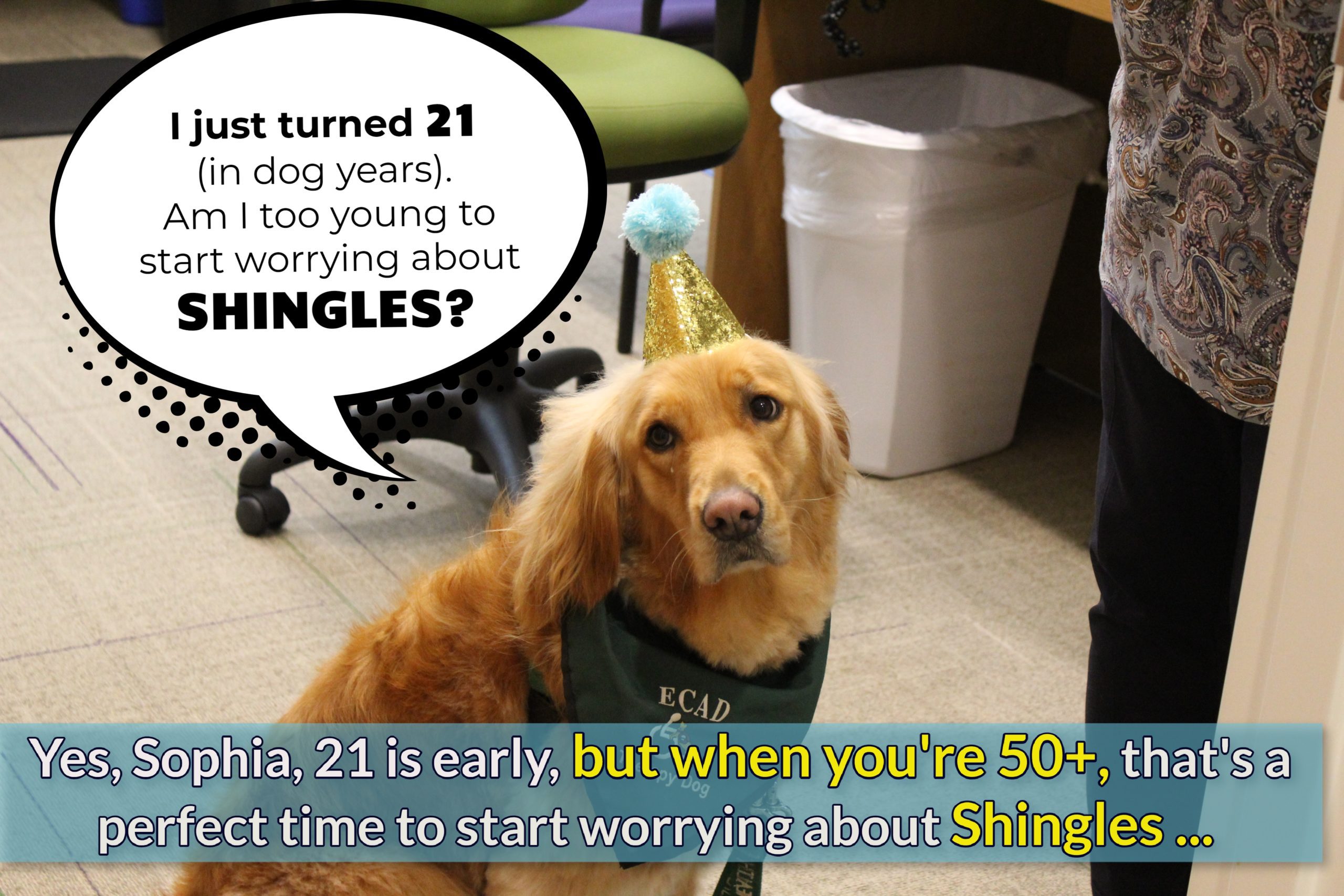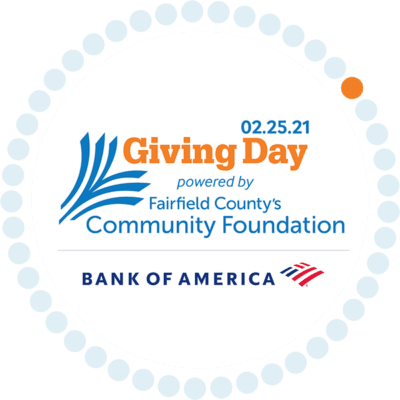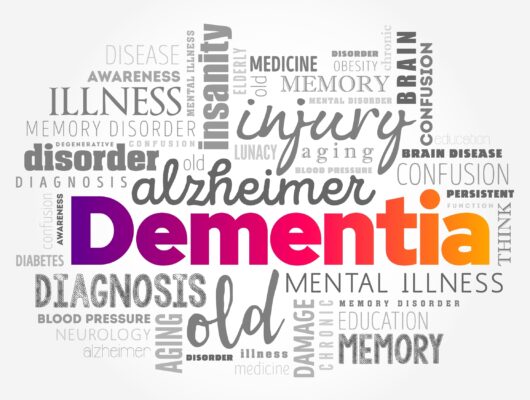

The pandemic has stolen many things from many people. Starting with lives and loved ones, and moving on to ceremonies, traditions, and rites of passage. Plus, infinite things in between — all too many and precious to mention.
For those who entered their 50s during the COVID era, or who had recently joined the golden jubilee club, the pandemic may also have put them a step behind.
Not only because they were denied (or spared!) a special celebration, but because turning 50 comes with certain age- and health-related privileges, regardless of how young and well you feel. Among them, the requisite colonoscopy, an invitation to AARP, and yes, the Shingles vaccine.
During the height of the pandemic, it was easy not to be thinking shingles and colonoscopies. But now it’s time to catch up.
Time to Think about Shingles
“For many 50- and 60-year-olds, the specter of shingles is a vague and distant threat,” says John Apinis, RN, BSN, RVNAhealth’s Senior Director, Home Health. “Shingles sounds like something that will happen to someone else. But with statistics showing that 1 in 3 people over the age of 50 gets shingles, that ‘someone else’ may well be you. And shingles is definitely something you don’t want to get.” Not one to speak idly, Apinis himself got the Shingles vaccine promptly after his 50th birthday.
What is Shingles Anyway and am I at Risk?
Shingles is a viral infection that causes what has been described as an ‘angry, blistering” rash that can occur anywhere on your body, but most often appears as a single strip of blisters that wraps around either the left or the right side of your torso. The shingles rash can also occur around one eye or on one side of the neck or face.
Not comfortable. Not pretty. To make matters worse, the shingles rash can be itchy as well. Other symptoms may include fever, headache, fatigue, and sensitivity to light.
Shingles is caused by the varicella-zoster virus, the same virus that causes chickenpox. If you’ve had chickenpox, you are at risk for shingles. That’s because the varicella-zoster virus remains in your nerve cells after the skin infection has healed and many years later, it can reactivate and resurface as shingles.
If you haven’t had chickenpox but are exposed to someone with chickenpox or shingles, regardless of your age, you will develop chickenpox first. If you don’t know if you’ve had chicken pox, a blood test can determine your immunity.
Why You Don’t Want to Get Shingles
Simply put, shingles, while not life threatening, can be intensely painful and can cause serious complications that last for a long time, including postherpetic neuralgia (pain that continues long after the shingles blisters have cleared), vision loss, neurological problems, and skin infections. You don’t need this in your life.
If you’re not convinced, try searching up Shingles images. In addition to the pain, it’s a very unappealing rash,
How Can I Avoid Shingles?
The shingles vaccine, Shingrix, is recommended for adults age 50 and older who have had chickenpox. And the good news is, Shingrix works. Per the CDC:
- In adults 50 to 69 years old who got two doses, Shingrix was 97% effective in preventing shingles; among adults 70 years and older, Shingrix was 91% effective.
- In adults 50 to 69 years old who got two doses, Shingrix was 91% effective in preventing postherpetic neuralgia (PHN); among adults 70 years and older, Shingrix was 89% effective.
What’s Next? Your Appointment.
If you’re not already Shingles-vaccinated, it’s time to act. RVNAhealth offers the Shingrix vaccine at our Ridgefield location (coming soon to New Milford). To make an appointment, or learn more, call us at 203-438-5555. To see the list of all RVNAhealth vaccines and immunizations, visit rvnahealth.org/services/be-well/nursing-services/





